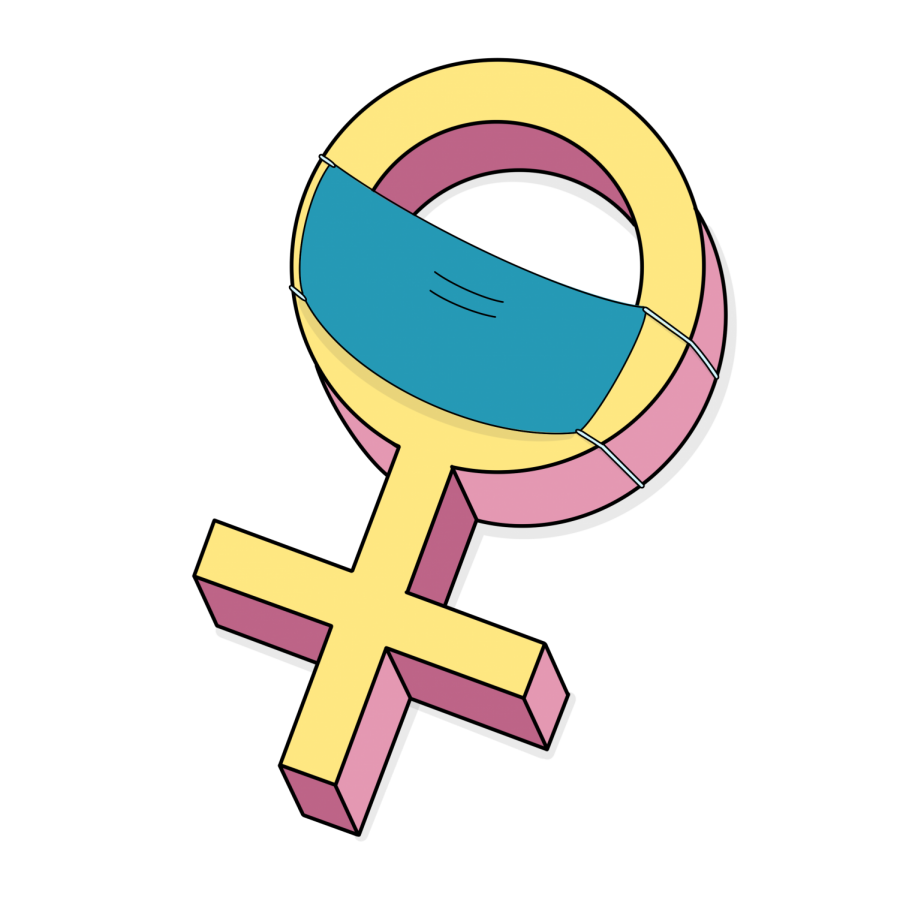How has the pandemic year affected women specifically?
March 17, 2021
As Americans, we learned about the Coronavirus shortly after a cluster of cases on New Years’ Eve of 2019. Three months later, in March 2020, we learned the serious implications of the virus as we witnessed the beginning of a global outbreak. Businesses closed to limit the spread of the virus, leading to a major decrease in household spending, which spurred an economic pause in the United States and in the world. It has been a year since the beginning of the pandemic, and although life is gradually getting back to normal, businesses and individuals around the country are still facing medical, economic, and social devastation. An exceedingly large amount of these people are women and girls.
Throughout the year, the effects of COVID-19 on women in the United States haven been drastic, and they have been even worse for women of color. Most importantly, women faced demanding economic restraints, which has now pushed 47 million more women below the poverty line. These changes are due to the fact that women are already living on economic margins as a result of unequal representation between genders. For instance, more than 5.4 million women in the workforce were fired because they spent time away from work taking care of their children who were sent home from school. Additionally, millions of young girls and teenagers were taken out of school this year, losing time and money spent on their education.
In addition to the economic implications, the isolation brought on by the pandemic exacerbated gender-based violence across the world. Many women and girls are living with abusers and do not have the means or strength to leave due to their lack of wealth.
How can we help combat the toll taken on women this past year? Since the 19th century, women have been fighting to obtain the same rights as men. This is why programs such as the Women’s Movement have grown so steadfastly in the 21st century. These movements have manifested much growth in equal opportunity for women, this year especially in the inauguration of the first female Vice President Kamala Harris. Women deserve equal representation in all COVID-19 response planning and decision making. After all, if there are no women making decisions, then who will be there to think of them?
In order to provide women with the same economic opportunities as men, many are pushing for equality in the care economy. Teachers, nurses and other care workers — the majority of whom are female — are oftentimes underpaid and invisible, though all are foundational to the economy. There is a need for direct support to care workers, as well women-led businesses.
Surely, we are nearing the end of the pandemic and the economy will bounce back. In the meantime, the women who have been severely impacted by the effects of COVID-19 need assistance so that when this is all over they will be secure and intact.






















